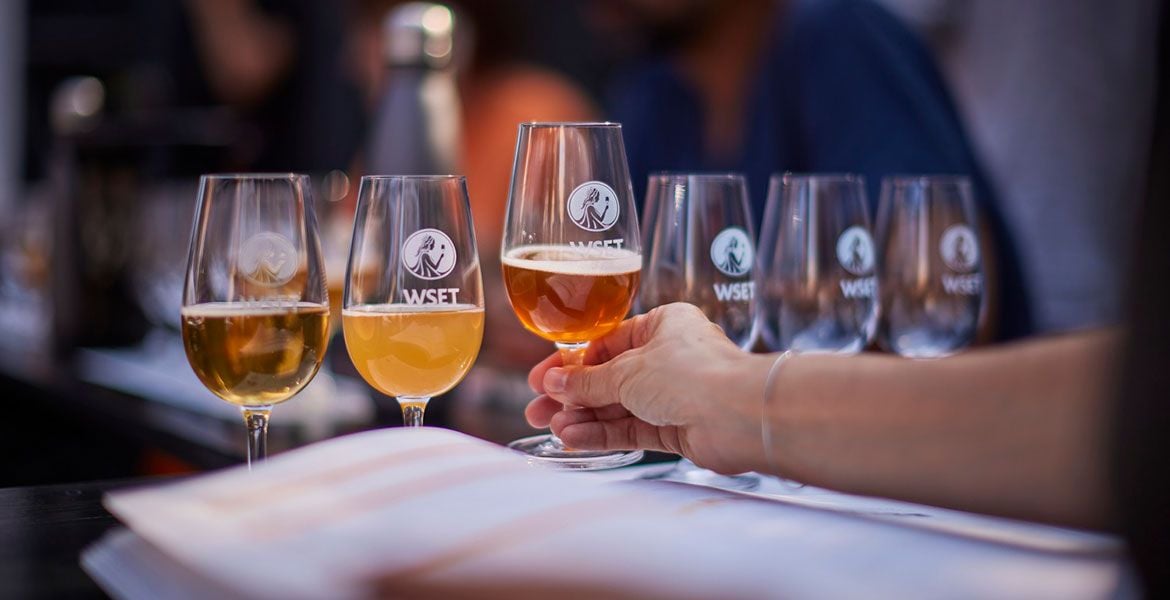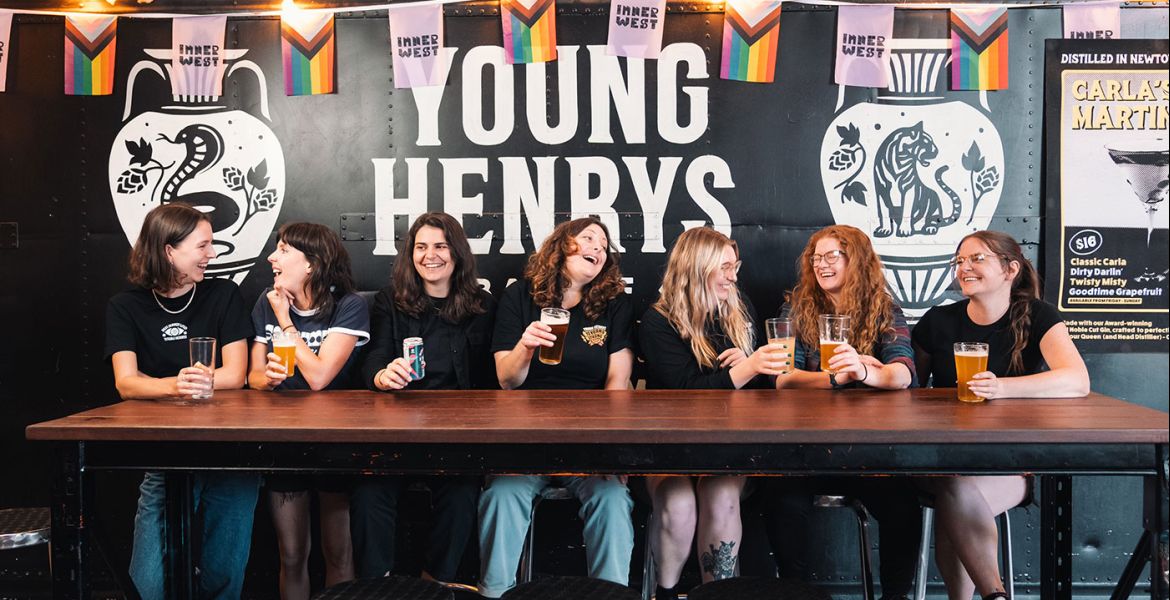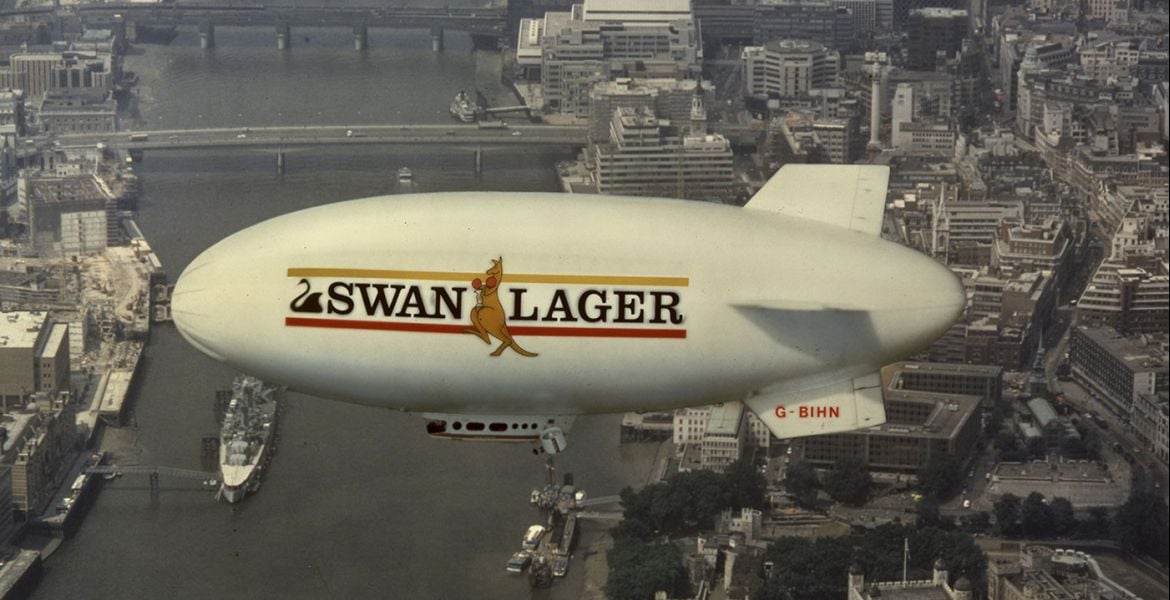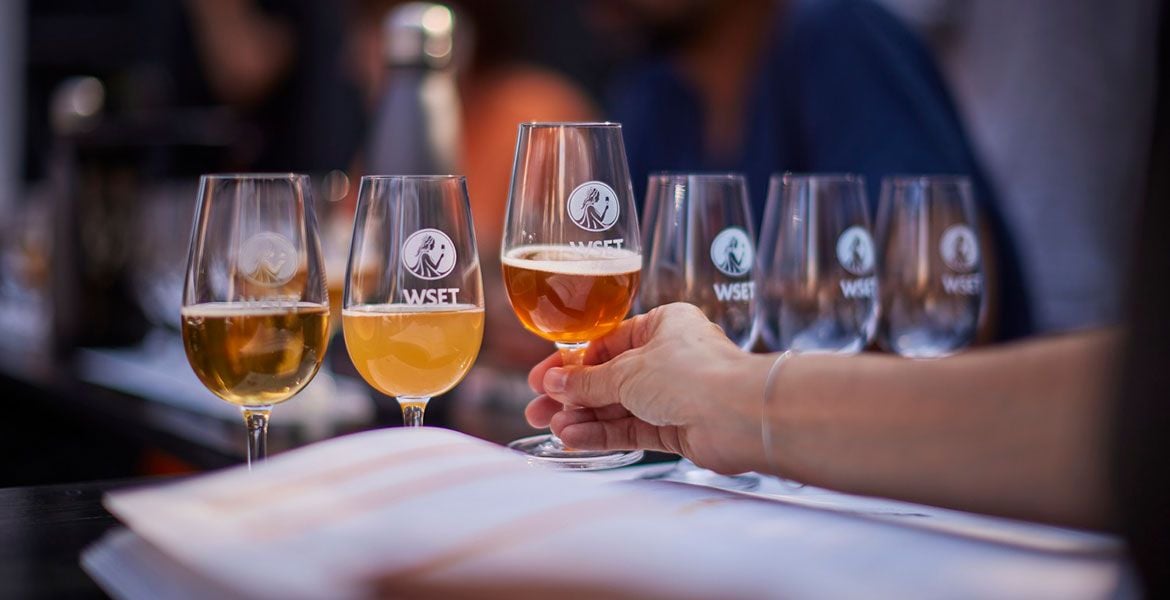A year ago today, we published Through The Looking Glass, an article addressing some of the underlying issues we saw in the beer world. Looking back at it now, with the intention of looking forward again, one thing stands out perhaps more than any other: no matter how fast things seem to be moving at the time, the underlying trends move at a more glacial pace.
One of the words we used in the first article published on the day this site went live was "revolution" (it featured more than once, in fact); today, it feels we've moved from revolution to evolution.
So, while we've seen three of the biggest craft breweries snapped up by multinationals in the space of 69 days, with Vale/Fox Hat sold to soft drinks group Bickford's at the same time, and while three new breweries can open in the same city on the same weekend, as happened in Brisbane recently, and while a beer style can go from one produced by a mere handful of breweries to near ubiquity in a year, as happened with New England IPA variants in 2017, it pays to look beyond the momentary fireworks, past the magician's sleight of hand, and peer at the wiring underneath.
But, first, what of our thoughts from January 1, 2017...?
12 Months On...
Our opening gambit focused on there being too many brewing companies in Australia – not so much in terms of the total but in terms of where they were concentrated and where they were concentrating their efforts. That situation remains but there was an eye-opening and encouraging moment at one of the Brewery Startup Panels we hosted for Cryermalt this year; we asked the room how many attendees planned to operate as a gypsy or contract brewing company, how many were going to be production breweries and how many intended to open brewpubs. Everyone in the room raised their hand for brewpub and, while there are challenges involved within any model, with the right team, product and location this seems the smartest option for anyone entering the game at this relatively late stage, particularly given the vast swathes of Australia not currently served by a brewery or craft beer venue.
We ended the opening section with "we'll be bidding farewell to a fair few too" and this was also the case, although there was, perhaps, not the level of blood-shedding – at least in terms of closures – one might have expected. We have to admit, however, we picked out BrewCult's decision to open its own bar as a positive a few paragraphs earlier and that brewing company was arguably the most high profile casualty of 2017. There were others that were put on the market in one form or another, including Rocks, Rutherglen, Bullant, West City Brewing and HopDog, while others went looking for fresh investors in order to keep going.
As the owner of one business put up for sale recently said to us: "It's just time to move on." There will likely have been many having discussions along those lines with friends and family over Christmas lunch.
The next two areas we addressed last year were a need for more quality venues and better education – we'll come back to those at greater length below. Following that was Price Wars; this was an issue we ended up addressing via a Secret Brewer two-parter then revisiting later in the year. It remains a hot topic, one with so many layers to peel, and is something we'll return to this year with a Big Issue look at why beer costs what it does, why some beers cost more than others and whether that message can be sold to a country in which beer has, for generations, been a mere commodity.
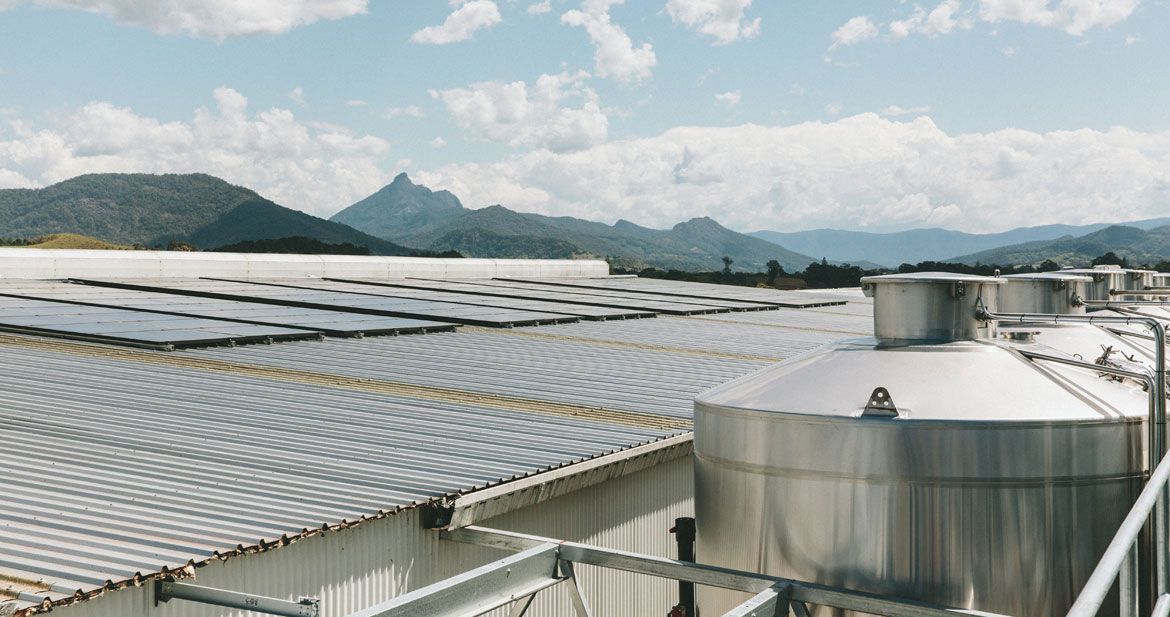
Perhaps the most prescient line from 12 months ago came under the heading "THE EMPIRE STRIKES BACK", where we wrote of AB InBev bringing CUB back towards some form of relevance in the craft beer sector via "the buying up of one or more established Australian micros and hitting the market with the likes of Goose Island IPA". Add in Coca-Cola Amatil's purchase of Feral and a huge slice has been carved from the top of the independent craft beer pie.
Are these vastly resourced global players finished playing Supermarket Sweep? Will all their new acquisitions bring them vast new riches? Will they care as long as it gives them more weapons with which to tighten their grip on contracted venues and the potential to access independent venues who would never previously have poured one of their products?
Looking at it from another perspective, who is going to lead the Rebel Alliance with so many of its senior personnel having, as Feral owner Brendan Varis quipped to us: "gone to the dark side". The increasingly outspoken Stone & Wood lead the way, with the next biggest, at least in terms of volume sales of their own beers, many millions of litres behind. Who, on a regional and national scale, is going to be able to step up and have the clout to knock down doors for others to follow through in a landscape in which the cards are often stacked against the little guys? Certainly, there's an opportunity for the likes of Young Henrys, Hawkers, BentSpoke, Gage Roads, Balter, Colonial, Moon Dog, Green Beacon, Mornington Peninsula, Newstead, Two Birds and others to step up, provided, of course, they're not willing targets for acquisition. Some will need to in order to have an echelon of businesses capable of taking on the major brewing companies on something even vaguely close to the same terms.
The final topic we commented on last year was the need for the industry to find its own voice and a simple, clear message and associated campaign. This may be coming, as we discuss below.
VENUES / EDUCATION / A VOICE – AND INDEPENDENCE
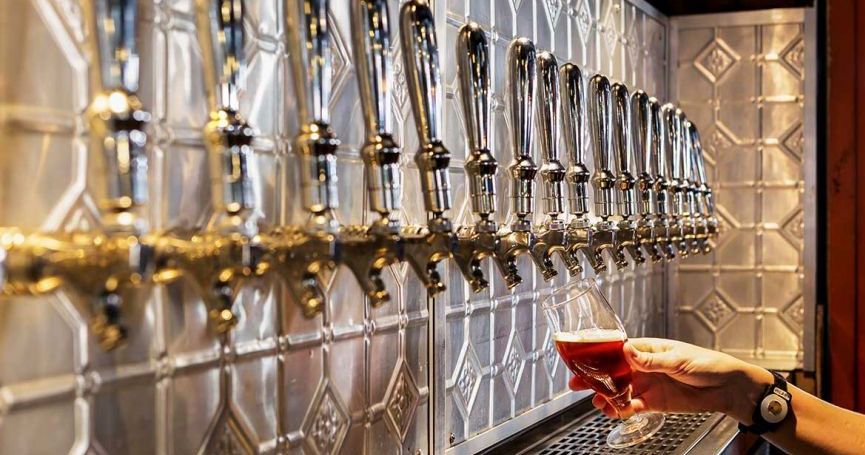
When considering this article, it became increasingly clear that a number of the topics addressed individually 12 months ago are intertwined – all part of the same solution. The value of and weight given to independence or "indie" beer grew throughout 2017 and will continue to do so this year. Lump it together with the need for more good venues (and retailers generally), better education (at all levels) and the requirement for the beer world to have a powerful and simple message to rally behind and things start to become clearer.
February is the scheduled period in which the Independent Brewers Association (IBA) - formerly the Craft Beer Industry Association – plans to launch its seal of independence. It's part of a drive to build the independent beer market to greater than 15 percent by 2025 and, alongside the launch of the seal itself, you can expect to see an attempt to encourage drinkers to get behind it: to go into venues and ask for independent beer, in much the same way that we encouraged people to with Craft Beer Rising in 2014 and 2015, a day we launched in celebration of local brewers, their beers and the bars that support them.
What we’d like to see – and have discussed with various people inside and outside the association – is a broadening of the independent beer campaign's scope beyond brewers to take in retailers. There are clear reasons for doing this.
Most drinkers buy their beer from a retailer, be that a venue or bottleshop of some sort, rather than direct from the brewer, so why cut out the middle man? If your mission is to educate the end consumer, why not enlist the people exchanging your beer for their consumer’s hard-earned? Sure, the best will be doing this anyway, with educated staff offering advice and guidance to customers that want it, but why not take it a step further and give them credit for doing so?
If there’s going to be accreditation for independent, Australian-owned breweries, why not some form of accreditation for venues? Criteria to be met could be as simple as a commitment to untied taps, cleaning lines at least once a fortnight, offering staff training around beer and paying a fair price for it rather than seeking out the brewing companies willing to "drop their pants” to fill their taps. Highlight the best, let the public know who they are and, hopefully, they will enjoy greater patronage to the point their peers/competitors see what’s happening and decide it's worth raising their game too.
We’d like to think those venues that ask to be listed in our directory, and are of a good enough standard for us to put together a page for them, all deliver a high standard of service. But The Crafty Pint is a private enterprise and we charge a fee for directory listings; such a scheme, whatever form it takes, would be better run by an independent, not for profit operation. Ideally, we’d love to be able to slap the logo for any accreditation that may come along onto every venue and bottleshop on the site in time too.
More drinkers experiencing good beer in a venue or buying it from a bottleshop that understands what it is they’re selling and how to treat it so it reaches consumers in the best possible condition seems a no-brainer. So, if there are ways to encourage more retailers to see and receive benefits from striving for the highest standards possible, let’s push for them to happen.
As as aside on independence, just as the debate over what “craft” means in terms of beer is one with no clear end point, expect there to be challenges to what “independent” means once more small Australian businesses start using it stridently as a marketing point.
“But did you know X is 50 percent owned by venture capitalists? And Y sold 25 percent to these people? And Z was founded by these people who’ve built and sold brands in the past? At least [enter name of multinational business here] makes beer as its core business.”
You’ll also hear business owners whose breweries have been acquired by a global operation explaining they’re getting access to better technology, ingredients, distribution and so on, and that this will ultimately be better not just for them but drinkers as their beers become more widely available and, potentially, at a lower price. A counter argument might be that they’ve joined a business working to stifle competition by shutting out access to those ingredients, the marketplace and so on.
The point here is that we doubt swapping “craft” for “independent” will offer the absolute clarity those behind the move desire; sure, the latter is easier to define but won’t necessarily shut down debate or help turn grey areas into clear black and white. As we’ve long said, it ultimately comes down to transparency and honesty: be open about who you are, who owns your business, what’s in your beer, where it’s made and by whom, when it was packaged and how long it should remain in good condition if treated well. Supplied with that level of honesty and detail, any informed drinker can find the beers and breweries they want to support.
Alongside that, given the vast majority of drinkers still don’t care (why should they when they’re happy to use Facebook, Uber and McDonald’s on a night out drinking craft beer?), unless any campaign provides tangible reasons for consumers to drink independent, Australian owned beer beyond being independent and Australian owned, it’s going to struggle in the face of high quality, lower priced beer from the recently acquired craft brands. As a starting point, the beer needs to be bloody good as well and delivered as part of a great experience; overcoming the loss of trust many drinkers will be feeling after seeing so many independent businesses sold this year – something that, again, ties in to honesty – will be crucial too.
Growing Pains
Many of the bigger issues we addressed in 2017 related to an industry finding its way as it matures. From the fight for taps and fridge space to finding enough good, experienced brewers to fill the growing number of positions, there's challenges aplenty beyond conceiving and brewing consistently tasty beer.
As small businesses grow and owners and their staff often have to become multitasking polymaths, greater support and leadership will become ever more important in a raft of areas, from workplace safety or mental health to understanding and managing your public face as greater numbers of eyes are trained on the craft beer world.
The case of Coopers and The Bible Society illustrated how even the largest Australian brewery can experience a PR meltdown. One of our contributors had this to say: "I've seen some shockingly poor social media PR disasters this year that, if known nationally, would have crippled some businesses... Other developed small business industries have a greater understanding of brand management. Who is showing leadership in beer?"
Package Deal
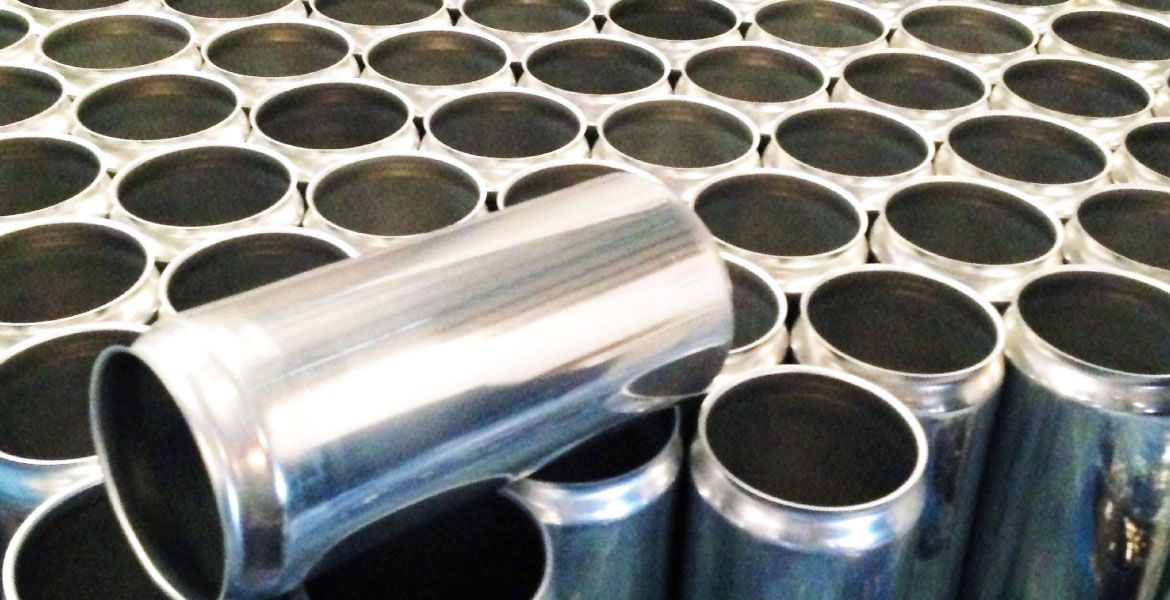
The litany of concerns surrounding the launch of the Container Deposit Scheme in New South Wales added another headache for many small brewers, importers and distributors. With similar schemes set to be introduced in other states, there will be plenty hoping solutions will be found in NSW and that other schemes will offer clarity and fairness to those at the smaller end of the beer industry.
The concept and its goals are laudable, but if its implementation leads to a price hike that needs to be explained to consumers, many of whom already feel craft beer is too expensive, to small brewers reducing the number of short run and seasonal beers they release and to distributors pulling out of markets and thus reducing choice for consumers, it's a big price to pay.
More Everything
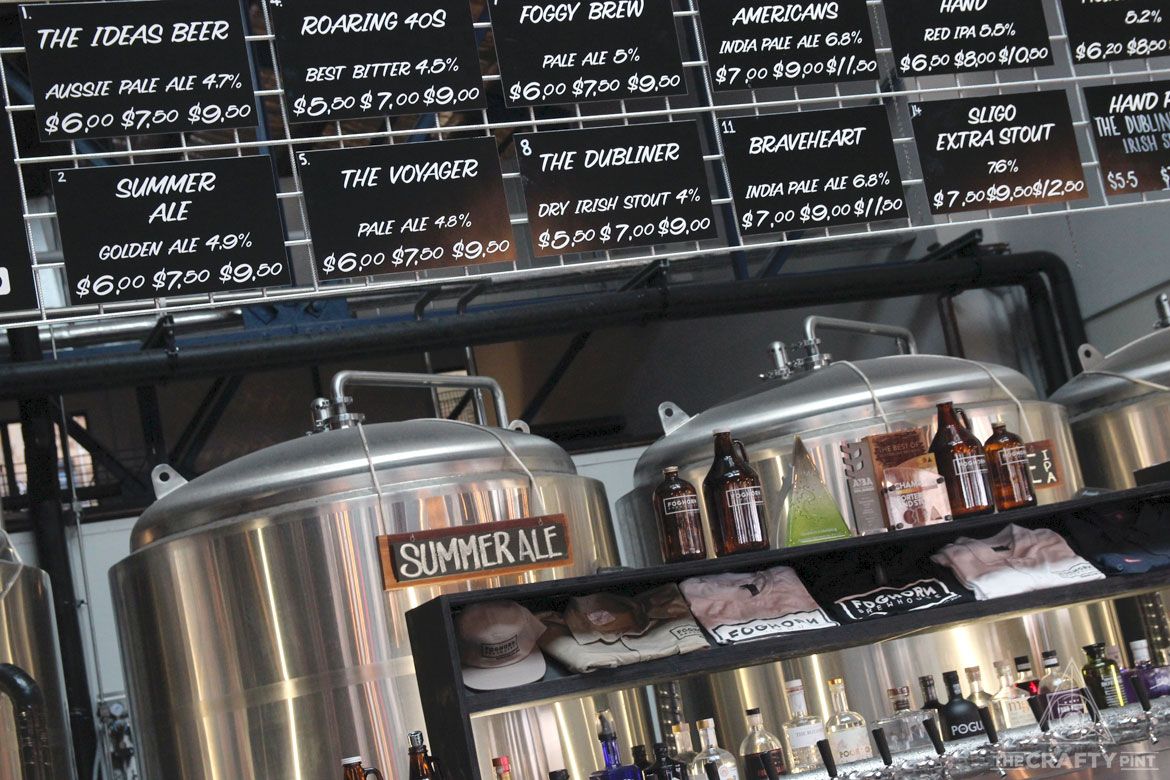
It's a strange habit we've developed, isn't it: starting the year on a downer? On the flipside, us lucky consumers can look forward to more of everything. There will be more brewpubs in more places, including those from the multinationals (not just Lion with its expanding network of James Squire venues but, in all likelihood, Goose Island and BrewDog too) looking to take advantage of consumers' growing desire for a local experience, even if that "local" has been imported from elsewhere.
NEIPAs surely have another big year in them, session strength sours are gathering momentum, growing interest in what the likes of Wildflower and La Sirène are doing will see more brewers and small producers working in tandem with the industry putting greater emphasis on provenance and sense of place, with adventurous brewers continuing to seek inspiration from anywhere they can find it as the understanding of what beer is and can be continues to evolve.
Hopefully, the wonderful story that is beer today – both here and overseas – has many uplifting chapters still to come, even if, from a publisher's perspective, bad news sells. While we're not going to return to a country in which there's nothing but lager on offer, it's worth paying attention to history: there were around 300 breweries in Australia at the turn of the 20th century, just three percent of that number 80 years later.
As the industry continues to expand – the Northern Territory is getting another new brewery soon, for example – who knows what the perfect number of breweries will turn out to be. But, as long as they're giving us good beer, then, big or small, we look forward to enjoying their wares and continuing to tell you all about them.
Here's to a great 2018. Cheers!






